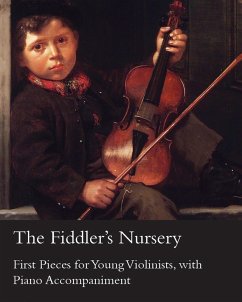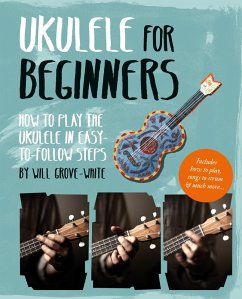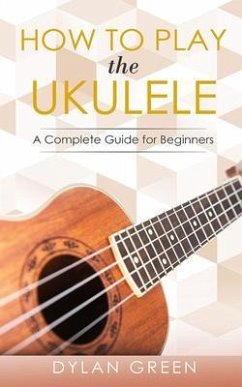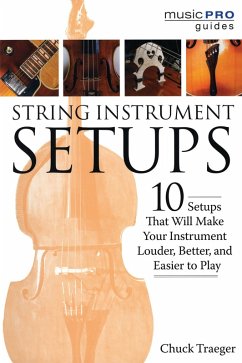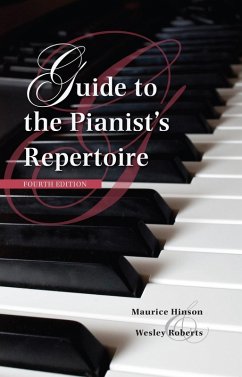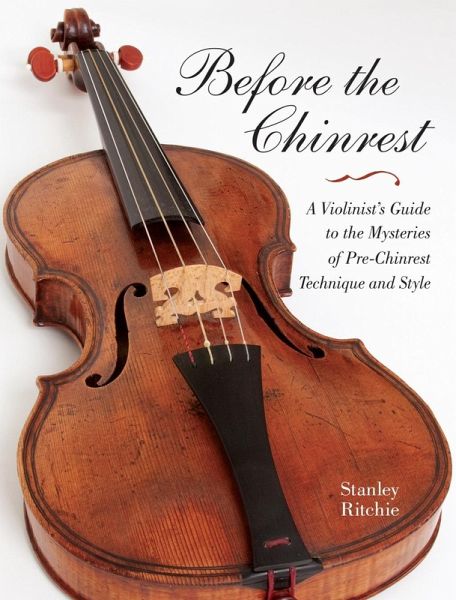
Before the Chinrest (eBook, ePUB)
A Violinist's Guide to the Mysteries of Pre-Chinrest Technique and Style

PAYBACK Punkte
3 °P sammeln!
Drawing on the principles of Francesco Geminiani and four decades of experience as a baroque and classical violinist, Stanley Ritchie offers a valuable resource for anyone wishing to learn about 17th-18th-and early 19th-century violin technique and style. While much of the work focuses on the technical aspects of playing the pre-chinrest violin, these approaches are also applicable to the viola, and in many ways to the modern violin. Before the Chinrest includes illustrated sections on right- and left-hand technique, aspects of interpretation during the Baroque, Classical, and early-Romantic e...
Drawing on the principles of Francesco Geminiani and four decades of experience as a baroque and classical violinist, Stanley Ritchie offers a valuable resource for anyone wishing to learn about 17th-18th-and early 19th-century violin technique and style. While much of the work focuses on the technical aspects of playing the pre-chinrest violin, these approaches are also applicable to the viola, and in many ways to the modern violin. Before the Chinrest includes illustrated sections on right- and left-hand technique, aspects of interpretation during the Baroque, Classical, and early-Romantic eras, and a section on developing proper intonation.
Dieser Download kann aus rechtlichen Gründen nur mit Rechnungsadresse in A, D ausgeliefert werden.





